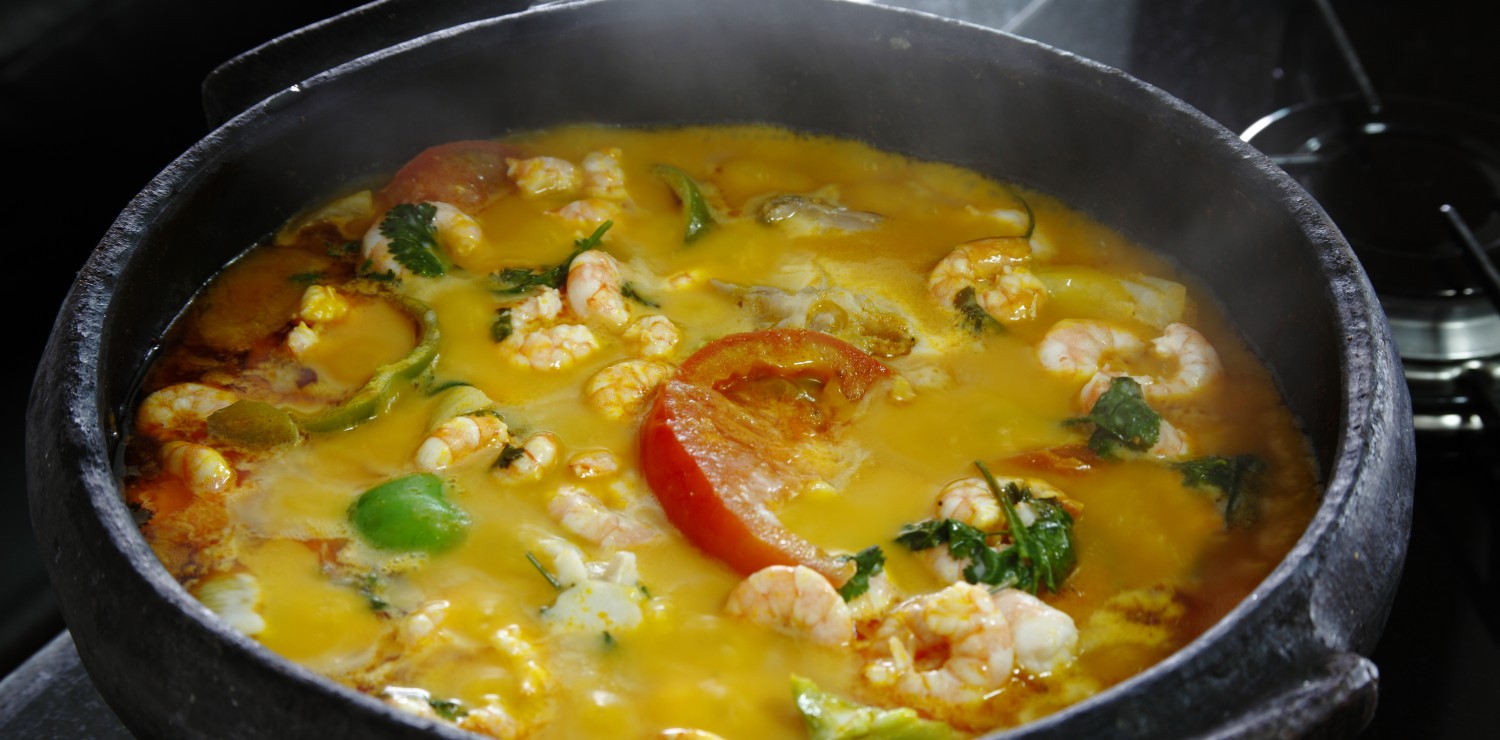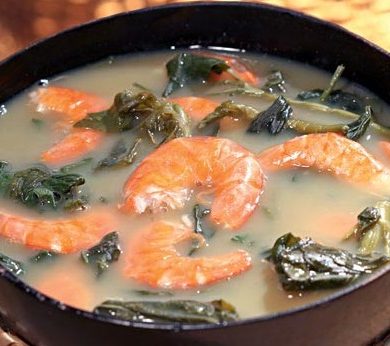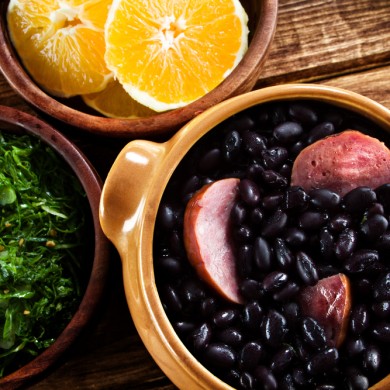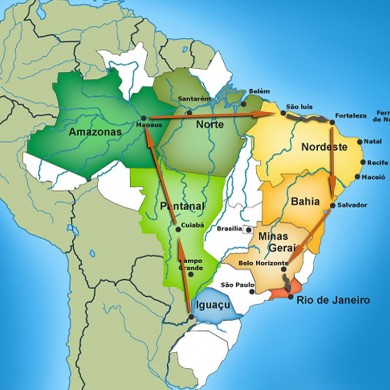The stories of Brazil and its cuisine are heavily influenced by Portuguese colonization of the 16th century, slaves brought from Africa and Indigenous peoples.
The settlers´ culture and traditions mixed with indigenous Brazilian culture to bring about the melting pot we see today. A considerable cultural contribution was their gastronomy; it is plain to see that different influences continue to permeate current Brazilian cuisine today. Slaves taken from Africa to work in the sugar plantations left their mark, influencing the names of many Brazilian dishes. In the same way, the native Indigenous legacy remains important, in particular with the contribution of cassava flour, a staple ingredient in the cuisine of Nordeste and Amazon.
Colonial cuisine with Portuguese and African influences
The names of Brazilian dishes usually consist of a mixture of Portuguese and African terms. The colonial past of the country has largely marked the Brazilian culinary art. The incoming Portuguese settlers adapted the recipes of their country with local ingredients.
Slaves from Africa also participated in shaping what Brazilian cuisine is today. Their influence is major since settlers also brought crops from Africa such as banana and yam.
Brazilian cuisine is therefore a mix of local products for instance cassava, black beans and coconut milk, and ingredients from Africa such as banana.
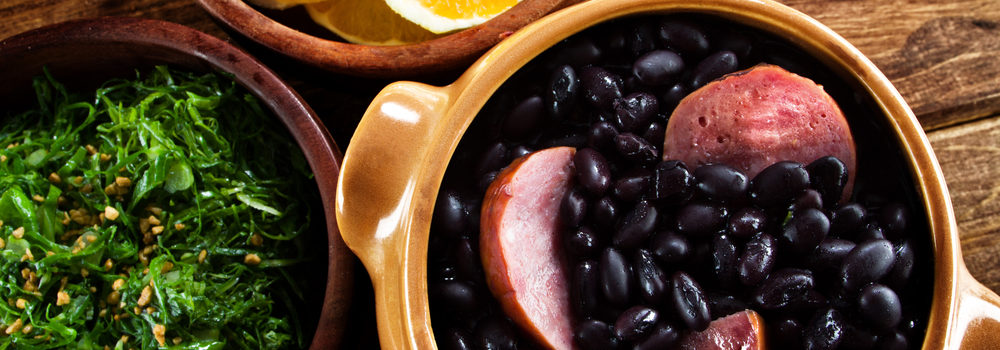
The cuisine of Para, the most traditional of Brazil
In the heart of the Amazon rainforest, the state of Para, little affected by colonization, has retained its traditional cuisine. The paraense gastronomy consists of ingredients provided by the river and the surrounding forest.
Unmistakeable in Belém during the extraordinary open air market, the local cuisine is colourful and full of unique flavours. Promoted by chefs who are passionate about the produce offered by this particular region, it is developing throughout Brazil, which is in turn discovering the richness of this unique gastronomy.
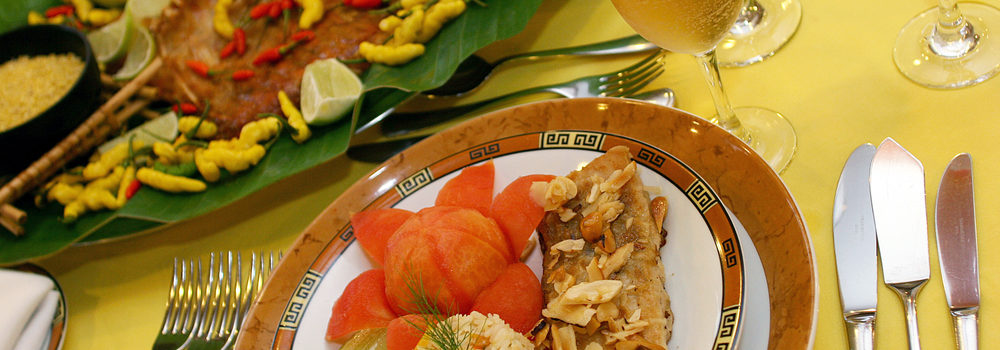
African influences on Brazilian cuisine
As a result of slavery, Brazil has seen a large number of Africans who have reinvented Brazilian cuisine, leaving a lasting mark on it. Today, the African influence on the cuisine of North Brazil is very evident, even in the names of local dishes.
Brazil and its typically indigenous dishes
Traditional Brazilian cuisine is typically has a way of sublimating indigenous foods. Belém, the state capital of Pará, is the home of Amazonian (Indigenous) gastronomy . Composed of fish, fruits, vegetables and herbs provided by the exuberant rainforest, Paraense gastronomy is tasty and colourful.
The gastronomy of Brazil, imbued with European influence
Brazilian culinary art is marked by European gastronomical influence. The national dish, Feijoada, is a kind of stew adapted by the settlers with the food at their disposal, namely black beans. Consumed throughout the country, the recipe differs slightly depending on the region.
